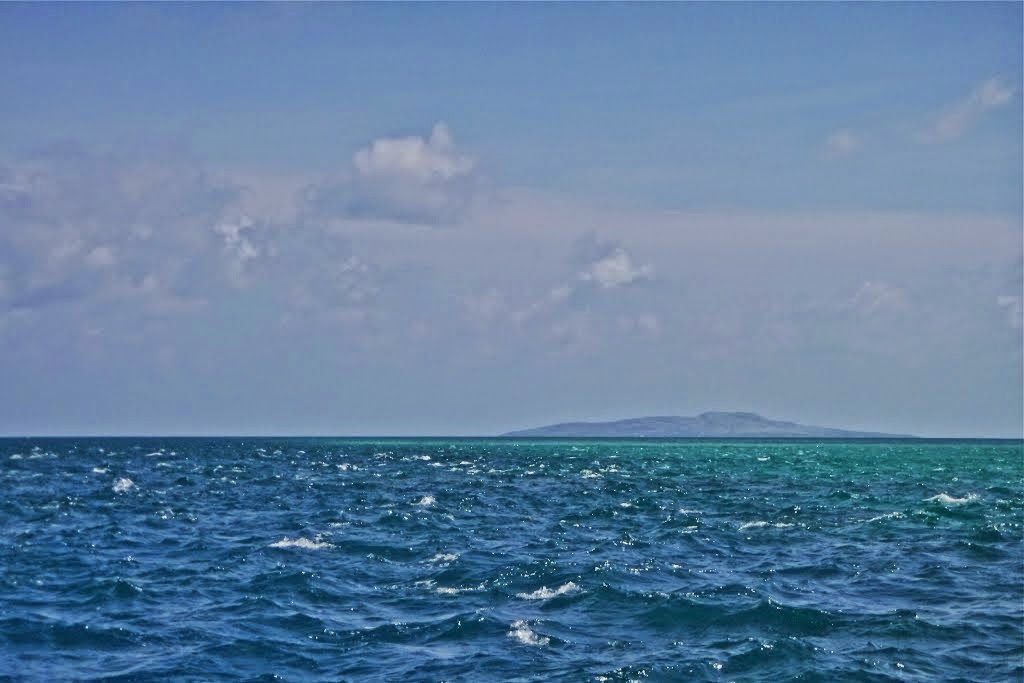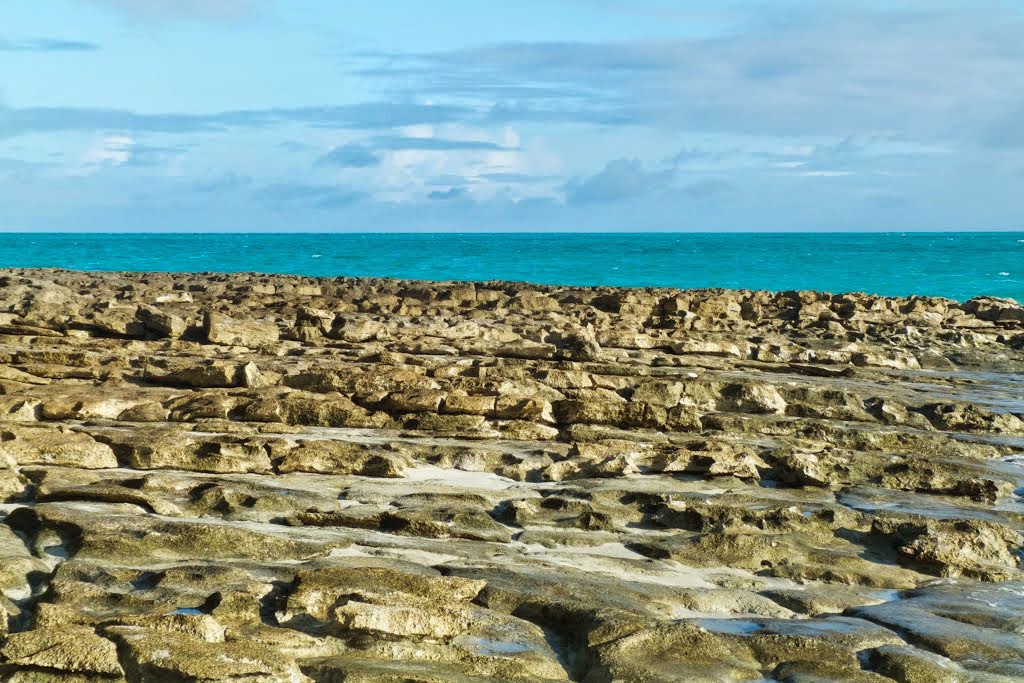My friend Horst Berger was 39 years old - a good time to have one's midlife crisis - when he read somewhere, "Träume nicht dein Leben, sondern lebe deinen Traum" (to the few of you who are not fluent in German, it means 'Don't dream your life, live your dream')
He left his native Austria for the Kingdom of Tonga where he arrived on this day twenty years ago, on the 25th of April 1995, and where he has lived ever since. I was reminded of this when I read this prologue in James Michener's book Rascals in Paradise:
"In an age of anxiety men seek a refuge. Because of some deep urge, constant throughout history, troubled men traditionally dream of islands, possibly because the smallness of an island invites the illusion that here the complexities of continental societies can be avoided, or at least controlled. This is a permanent, world-wide dream.
When the island chosen for refuge happens to lie in the South Pacific, a colourful body of romance often helps to make the idea of escape an absolute obsession. Then, if the chosen island is reputed to contain lovely and uninhibited girls, the obsession is apt to degenerate into a monomania. And if the girls are Polynesians, the dreamer is truly lost.
... Citizens of many nations who have grown weary of atomic bombs, dictators, taxes and neurasthenia ... are united in their conviction that only in the fabled islands of the South Seas can they find the fulfillment that their own society denies them. Were each of the islands a continent, there would still be insufficient room for the defeated people of the world who require refuge.
In the 1930s there was in Australia a learned gentleman who clearly foresaw that a great war was about to break over the world. He had no desire to participate in this foolish war, but he had to conclude from his studies that Europe was going to explode and that the resulting fires would involve Africa and much of Asia. With extraordinary clairvoyance he deduced that Australia, left unprotected because the military men were preoccupied with Europe, would surely become a temptation to Asia and would probably be overrun.
Wishing to avoid such a debacle, he spent considerable time in determining what course a sensible man should follow if he wanted to escape the onrushing cataclysm. He considered flight into the dead heart of Australia, but concluded that although he could probably hide out in that forbidden region, life without adequate water would be intolerable. Next he contemplated removal to America, but dismissed this as impractical in view of the certainty that America would also be involved in the war.
Finally, by a process of the most careful logic, he decided that his only secure refuge from the world's insanity lay on some tropical island. He reasoned, "There I will find adequate water from the rains, food from the breadfruit and coconut trees, and fish from the lagoons. There will be safety from the airplanes which will be bombing important cities. And thanks to the missionaries, the natives will probably not eat me."
Fortified with such conclusions, he studied the Pacific and narrowed his choice of islands to the one that offered every advantage: remoteness, security, a good life, and a storm cellar until the universal hurricane had subsided.
Thereupon, in the late summer of 1939, one week before Germany invaded Poland, this wise Australian fled to his particular South Pacific refuge. He went to the almost unknown island of Guadalcanal."
Like other people who in their days of hope or torment fled to their obscure Guadalcanals, where, they were convinced, perpetual ease and fulfillment awaited them, so Horst has lived his dream for the past twenty years on the tiny islands of the Ha'apai Group in Tonga. May he continue to do so for many years to come!


























































